Here are seven common winter headaches faced by homeowners in snowy climates, as well as expert opinions on how to prevent them.
8 Ways a House Covered in Snow and Ice Can Be Damaged
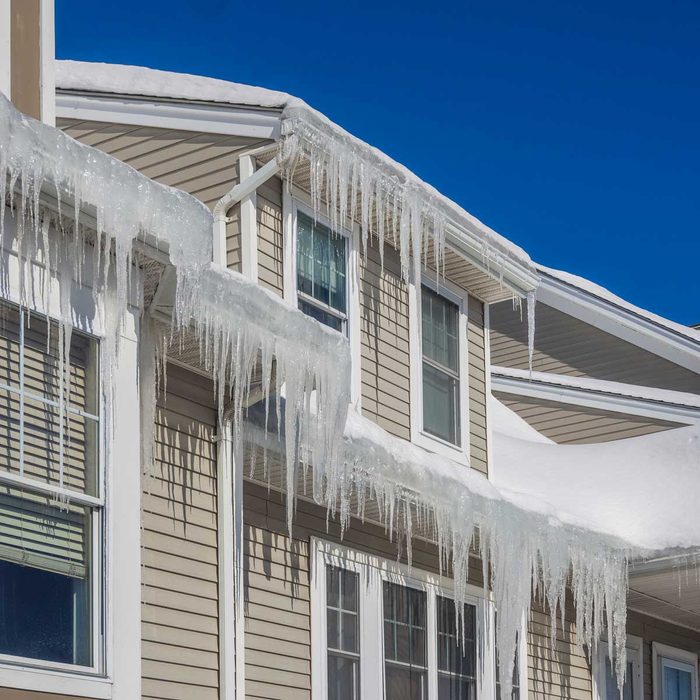
Preventing Snow Damage
From your roof to your foundation, many parts of your home are vulnerable to snow damage in the winter. But there are some ways to counteract the risks of snow and ice. Here we’ll discuss seven of the most common problem areas for homes in the winter, as well as what to do about them. The first step in preventing any of these problems is winterizing your home.
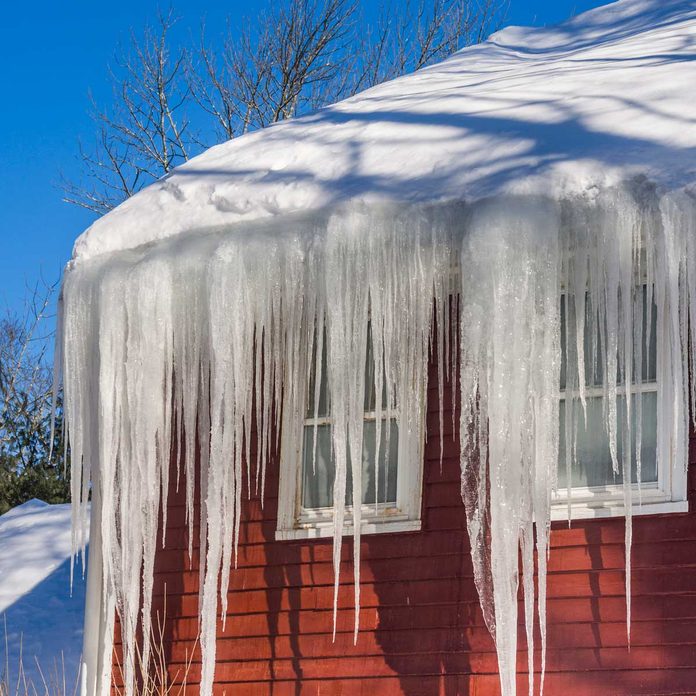
Ice Dams
Ice dams are one of the most common ways snow and ice damage your home. When your gutters are clogged, meltwater from the snow on your roof has nowhere to go. Instead of running down the gutters and away from the house, water backs up under the roof and refreezes, creating an ice dam. When ice dams eventually melt, they can cause water damage, mold growth and rot.
To prevent ice dams, clean your gutters in the fall and make sure your attic is properly insulated. You want a cold attic to prevent the snow from melting. If your home is prone to ice dams, apply heat cables in the fall and use a roof rake to remove excess snow.
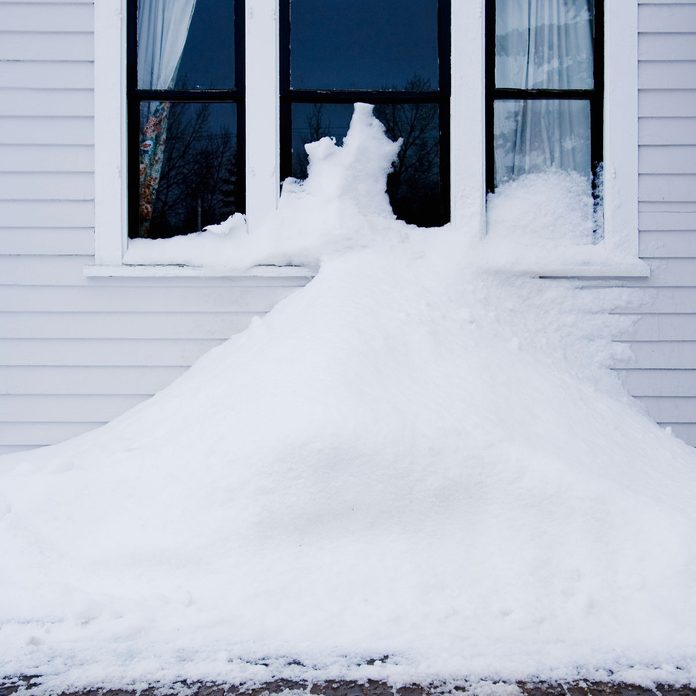
Meltwater and Flooding
Karen Condor, an insurance expert with The Truth About Insurance, advises homeowners to make sure downspouts extend at least five feet away from the house because “melting ice and snow can flood your foundation.” So when shoveling or snow blowing, never pile it near your foundation. To prevent a flooded house, you must put the snow in an area that will drain away from your property.
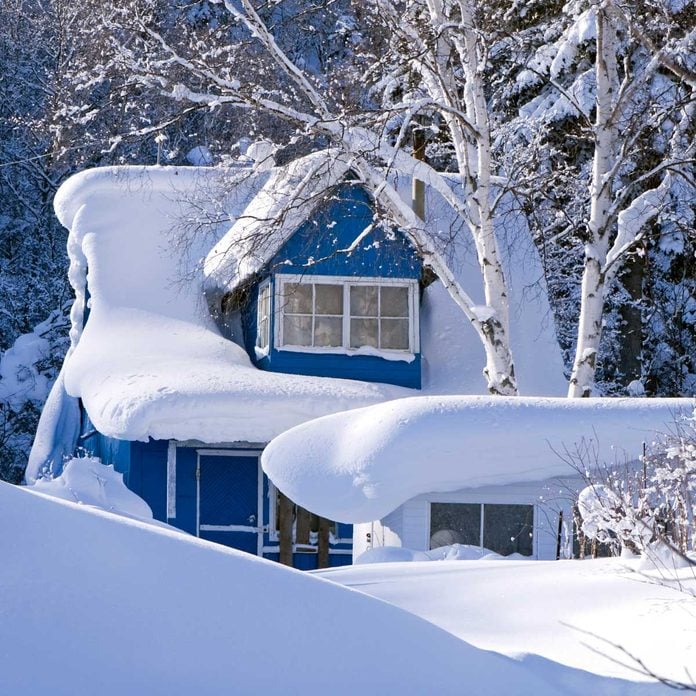
Snow Damage to Roofs and Gutters
Ice dams aren’t the only way snow damages roofs and gutters. John Bodrozic, co-founder of HomeZada, says the additional weight can cause gutters to break away from the roof’s edge.
He also cautions against leaving too much snow on the roof itself. “If heavy snow accumulates on the roof over time, the weight of the snow could cause damage to the structural framing that is supporting the roof,” Bodrozic says, adding it can also leave the roof susceptible to leaks into the attic.
The fixes for weight-caused snow damage are the same as for ice dams. Clear your gutters before the first snow, and use a roof rake to relieve some of the pressure on your roof. Additionally, Condor says to replace missing or damaged shingles. “Check for deteriorated flashing at the chimney, walls, skylights and around vent pipes, and use roofing cement and a caulking gun to seal joints,” she says.
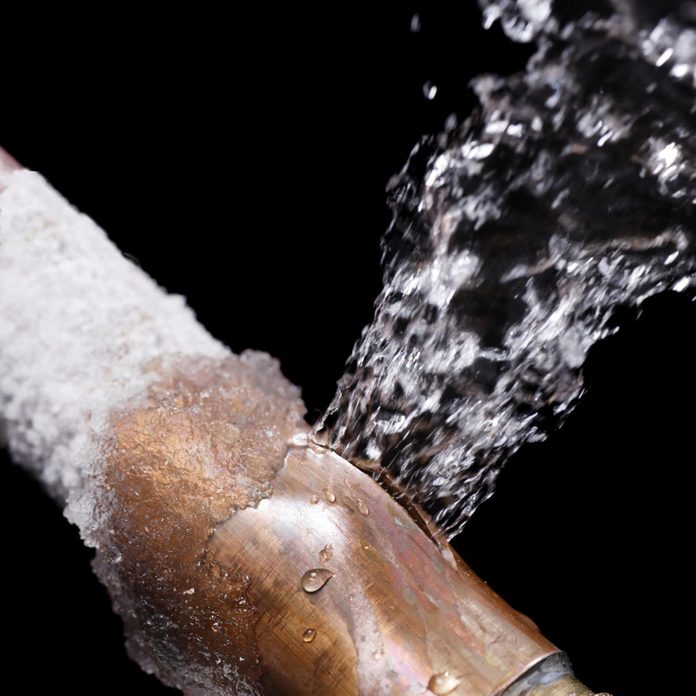
Frozen or Burst Pipes
With proper plumbing winterization, frozen pipes won’t typically be a problem. External faucets and plumbing in unheated areas, such as a garage or crawlspace, have the highest risk. Prevent frozen pipes by applying heat tape and insulation, keeping faucets at a trickle to avoid pressure build-up and turning off your water when you leave town.

Snow Damage to Concrete
It’s no secret that winter is tough on roads and walkways. When snow and ice melt, the water flows into minor cracks. When the water refreezes, it expands and widens those cracks. The best way to prevent more damage is to fill your concrete cracks before winter arrives. Fortunately, it is possible to repair concrete cracks once they develop.
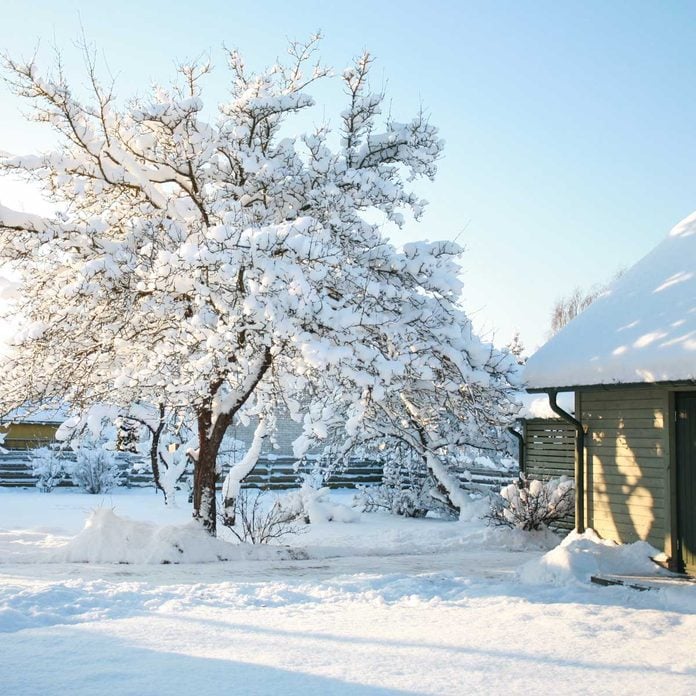
Heavy, Snow-Laden Branches
If there are trees growing near your home or power lines, snow-laden branches could pose a problem. Condor warns that heavy “branches can droop and scratch your windows and siding, and even add too much weight to your roof or cause dents.”
The solution? Trim branches away from the house and power lines before snow and ice accumulate. If you’re worried about cosmetic snow damage to low-growing shrubs, it’s fine to brush fresh snow off branches, but don’t try to force it if they’re already frozen solid.
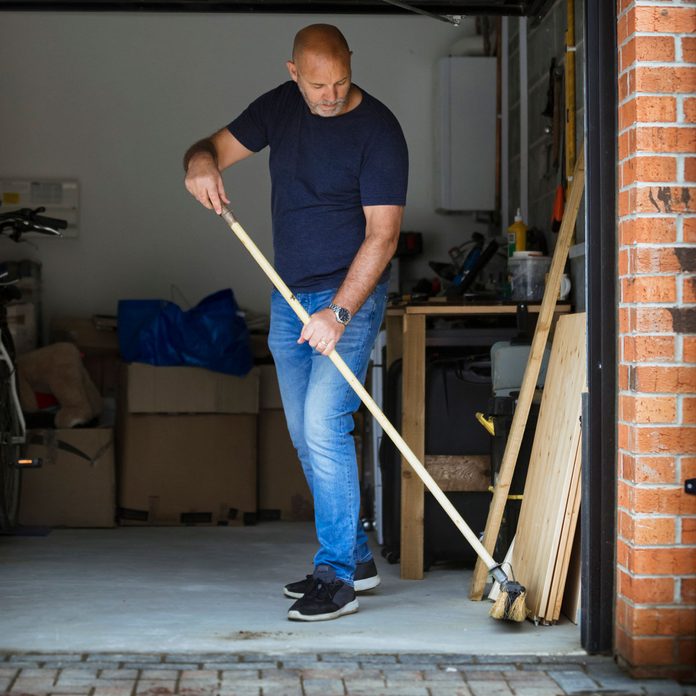
Snow, Ice and Garage Doors
Snow and ice at the entrance of your garage can cause its door to stick, but what do you do when your garage door freezes shut? According to Raynor Garage Doors, prying the door open with a shovel is a bad idea. Attempting to break the ice by repeatedly cycling the garage door opener is also a no-go. Both can damage the garage door system. Instead, Raynor suggests these steps:
- Disengage the opener;
- Clean away the snow and ice;
- Lift door by hand;
- Reconnect the automatic opener;
- Clean away excess moisture on the garage floor.
Once you’ve fixed your frozen garage door, prevent it from happening again by keeping the area clean and dry. Regular sweeping is helpful, particularly in the winter.